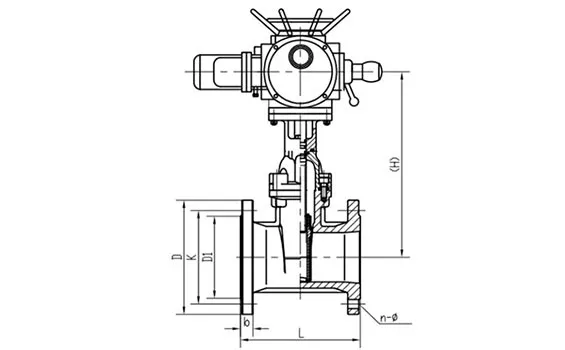Oct . 02, 2024 00:31 Back to list
Different Types of Water Shut-Off Valves and Their Applications
Understanding the Types of Shut-Off Water Valves
Shut-off water valves play a crucial role in plumbing systems, providing a means to control the flow of water throughout a property. They are essential for maintenance, repairs, and emergencies. Understanding the various types of shut-off water valves can help homeowners make informed decisions about their plumbing systems. In this article, we'll explore the most common types of shut-off water valves, their functions, and the situations in which they are typically used.
1. Ball Valves
Ball valves are widely regarded for their durability and reliability. They feature a spherical ball with a hole through the center, which allows water to flow when the valve is open. Rotating the handle a quarter turn closes or opens the valve. One of the main advantages of ball valves is their ability to provide a tight seal, minimizing leaks. They are often used in both residential and commercial applications, especially in areas where quick shut-off is necessary.
2. Gate Valves
Gate valves are designed for either fully on or fully off positions, making them popular for isolating sections of a plumbing system. They operate with a wedge-shaped gate that rises or falls to control the flow of water. While they are effective for providing a wide-open flow when fully opened, gate valves can be less reliable for throttling purposes. Due to their construction, they are prone to wear and tear over time, which can lead to leaks or failure.
3. Globe Valves
Globe valves are versatile and function well for regulating water flow. The internal structure features a spherical body and a movable disc that can be raised or lowered to adjust the flow. Their design makes them ideal for applications requiring precise flow control, such as in heating and cooling systems. However, they are not the best choice for situations where quick shut-off is required, as they tend to create more resistance to water flow than ball or gate valves.
4. Check Valves
types of shut off water valves

Check valves serve a different function than traditional shut-off valves. They are designed to prevent backflow in plumbing systems, ensuring that water flows in one direction only. These valves automatically close when reverse flow is detected, which helps protect against contamination and system damage. While check valves do not serve as shut-off valves, they are often employed in conjunction with other types to maintain system integrity.
5. Compression Valves
Compression valves are commonly found in older plumbing systems. They utilize a rubber washer that compresses against a valve seat to stop the flow of water. Turning the handle either tightens or loosens the compression mechanism. Though they can provide a reliable shut-off, compression valves may require more maintenance over time, including replacing washers to ensure a proper seal.
6. Pressure Relief Valves
Pressure relief valves are critical for safety in plumbing systems, especially in water heaters and boilers. They automatically relieve pressure when it exceeds a predetermined level, preventing potential explosions or system failures. While their primary function isn’t to shut off water flow, they are essential in protecting plumbing systems from excessive pressure.
Conclusion
Choosing the right type of shut-off water valve is essential for maintaining an effective and safe plumbing system. Each type of valve has its specific applications, advantages, and limitations. Ball valves are excellent for quick shut-off, while globe valves offer precise control. Gate valves are best for isolation, and check valves add an essential layer of protection against backflow. Understanding these distinctions can assist homeowners and professionals alike in selecting the appropriate valves for their plumbing needs.
Regardless of the type, regular maintenance of shut-off water valves is essential to ensure longevity and functionality. Homeowners should familiarize themselves with the locations and operations of these valves, as knowing how to quickly shut off the water supply can be invaluable during emergencies, such as a burst pipe or water leak. Investing time in understanding these vital components can lead to more informed decisions, better plumbing management, and ultimately, peace of mind.
-
Precision Manufacturing with Advanced Spline Gauge DesignNewsJul.31,2025
-
Industrial-Grade Calibrated Pin Gauges for Exact MeasurementsNewsJul.31,2025
-
Industrial Filtration Systems Depend on Quality Filter DN50 SolutionsNewsJul.31,2025
-
High-Performance Gate Valve WholesaleNewsJul.31,2025
-
Granite Surface Plate The Ultimate Solution for Precision MeasurementNewsJul.31,2025
-
Granite Industrial Tools The Ultimate Guide for Bulk BuyersNewsJul.31,2025
Related PRODUCTS









